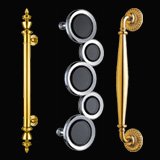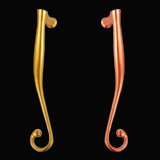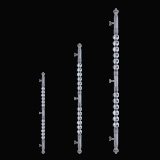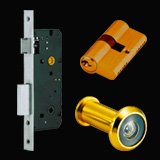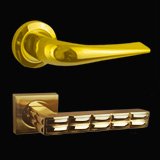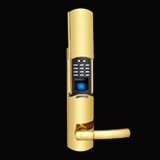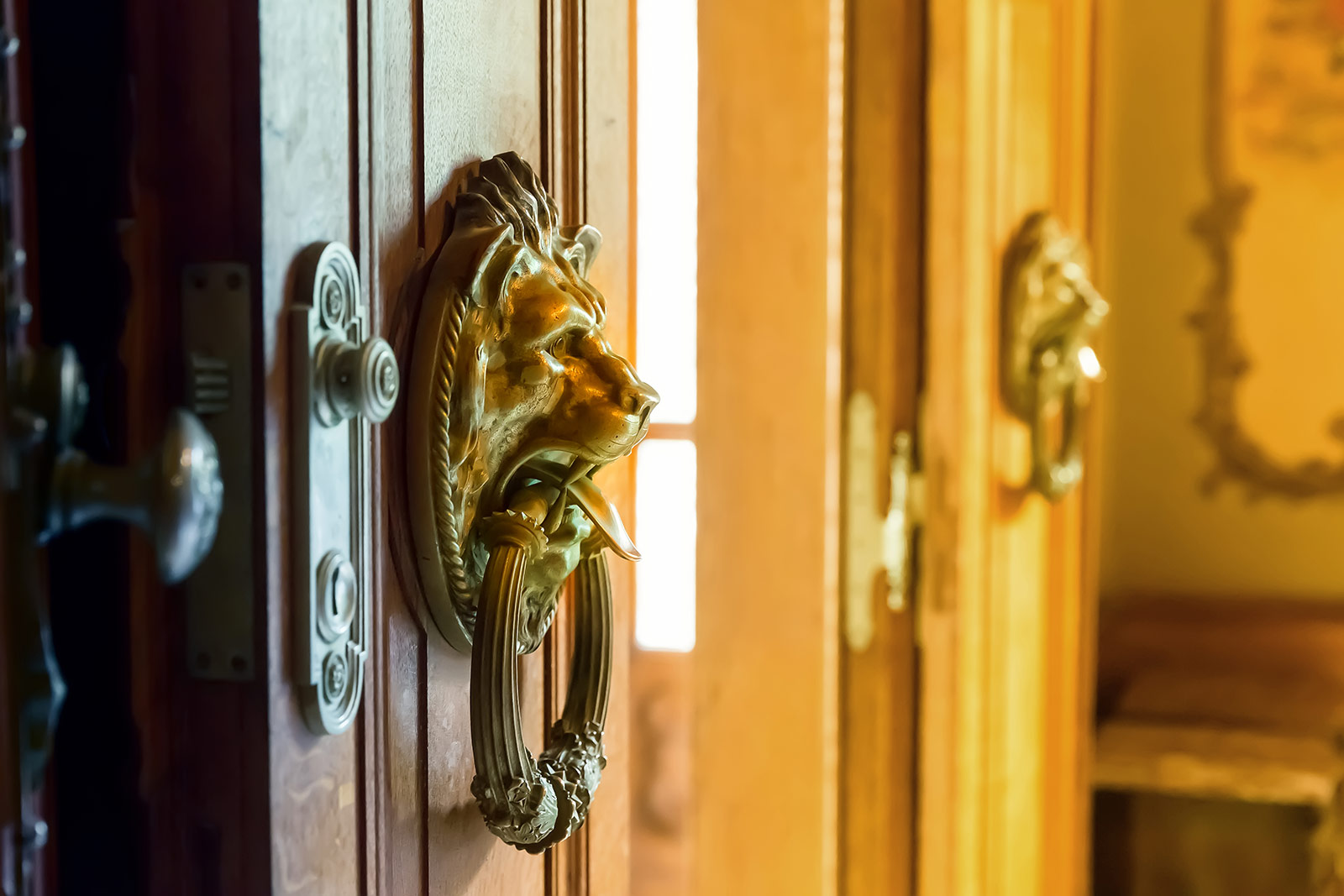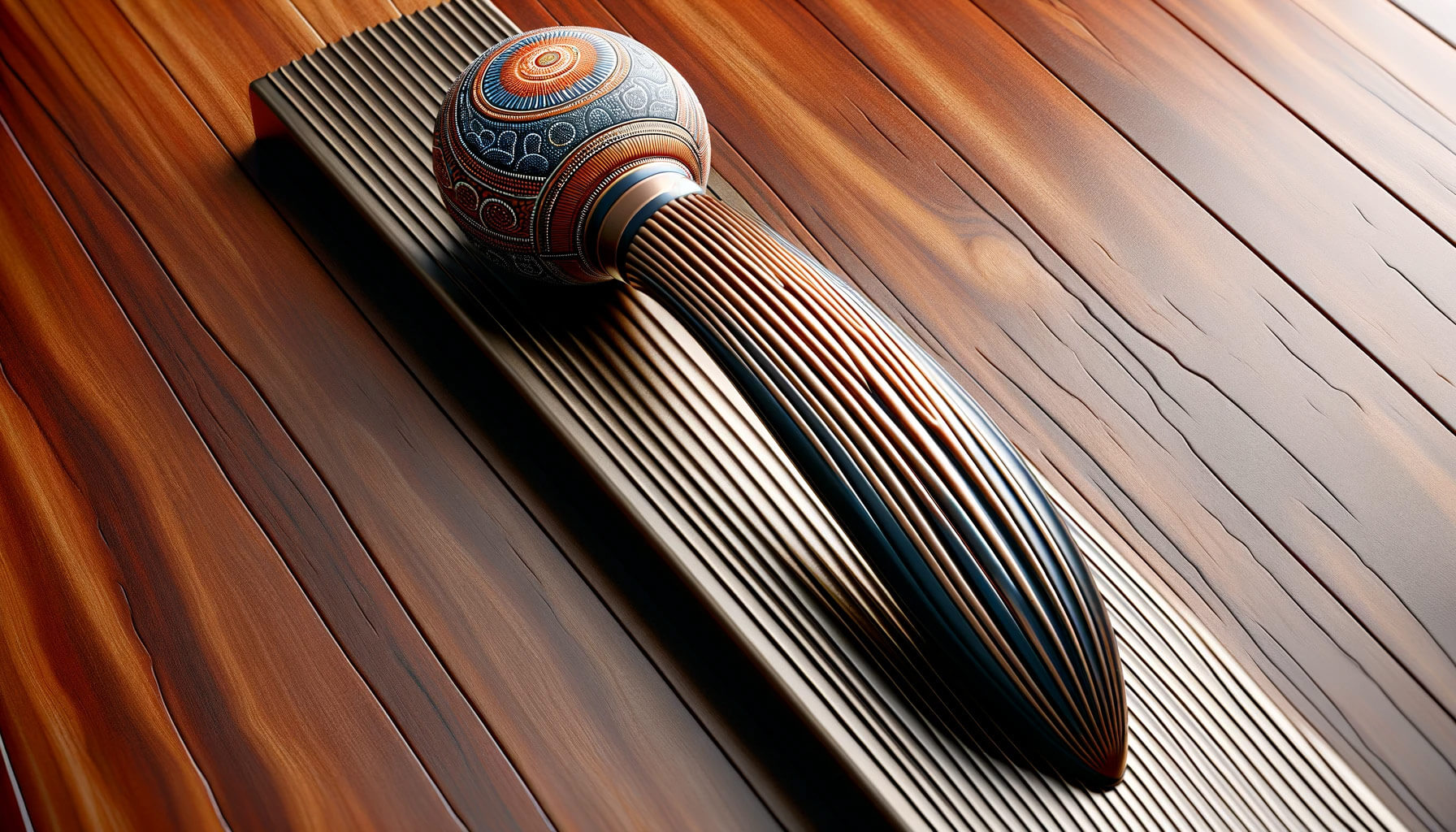A Journey Through Time: The Intriguing History of Door Handle Design
In everyday life we are surrounded by things that we take for granted, that we never give a second thought to, yet if they disappeared, normal, mundane tasks would become infinitely harder. One of those is the door handle, but when was the last time you really noticed what it is you are using when you open a door?
Imagine if they were not there though, doors would be much less convenient as they would need alternative mechanisms, even having a locking door would be much more difficult. We may take them for granted, but the door handle is essential to daily life.
Today, we have both push and pull style door openings, and surprisingly, this actually matters too. While traditionally, we have pulled to open and push to close doors, there are situations where push to open works better. For people with disabilities, push open doors can be much easier to use, for instance, and we have all seen the two-way push doors popular in commercial kitchens that allow people to easily open them when carrying items in both hands.
Our door handles today may have smart design, can be made from modern materials and even 3D printed, but they all owe their existence to the very first ones, with handles ever since building and refining designs to get to what we have today.
Where does the story of door handles begin?
Doors have been around for a very long time, with art from Ancient Egypt showing doors in use over 5,000 years ago. But they were screens of wood or fur, that had to be picked up and moved, with the keys used to open and close the locks holding the doors in place were also the handles used to move the doors. These locks and keys were made entirely of wood, using a pin tumbler design that at its core, is still what we use today.
Of course, through new materials and designs, the door continued to evolve, but it was not until the early Roman era that we saw internal doors with hinges and handles as we would recognize them today. These were only used in the grandest, richest homes and examples excavated from sites around the region have revealed small, knob shaped handles for these doors, which were not lockable.
That was around the first century CE, but by the fourth century Chinese doors were incorporating door locks and bars, even automated doors, often with ornate handles. However, while that development continued in Asia, in Europe after the fall of Rome development stagnated. The Middle Ages in Europe saw the adoption of a different style of housing, with most of the population living in family units that occupied a single, large room. With no need for internal doors, there were no door handles either. They often had a single exterior door, which would be large, heavy and wooden, using heavy beams to secure the doors at night to protect the people inside.
However, after the fifteenth century castles and grand homes became a status symbol for royals and the wealthy, and internal doors for privacy were widely adopted. As a result, door handles became an essential part of life again, firstly as simple metal hoops in combination with bolt locks, and then becoming more ornate with the introduction of latching mechanisms. This adoption of mechanisms with handles is a crucial part of door handle development, as the ability to make such latching locks quickly and cheaply led to more widespread adoption, and by the seventeenth century they were the norm in most European buildings and homes.
While the early designs of these latch locks were functional, as properties and décor became more extravagant, door furniture followed suit. The wealthy in society indulged themselves in every aspect of their lives, and ostentatious displays of wealth became a symbol for power and status. As a result, basic iron latch hands became ornate gold and precious metal objects, often stylized to reflect family heraldry or position.
The Industrial Revolution
The big change came in the run up to and during the Industrial Revolution. New metalworking standards allowed for the development of mortice locks and compact rim locks. These use a twisting motion to open, and as a result introduced the first doorknobs for users. As with other door furniture, they became more ornate over time, using precious metals, engraving and more to make statements in the same way handles evolved too.
While in the early development of these new locks, they remained exclusively for the wealthy and found on only the most expensive and lavish buildings, new production techniques developed during the industrial revolution made them much more economical to make. Soon, manufacturers were establishing themselves in the industry, including both Chubb and Bramah, who still operate in the industry today.
With the availability of a range of materials including both wood and metals, along with the rapid advancement in industrial fabrication, the door furniture accompanying these locks evolved rapidly. Handles could be cast, brazed or wrought, and feature a wide range of metals. One of the standout features of doorhandle design in this period is that designs are so localized. While French makers were constructing ornate handles from brass, in England they were much simpler designs made from iron, for instance. Handles became a decorative, as well as functional part of the door, reflecting the tastes and materials of each region.
We have mostly focused on Europe to this point, as for the western world, this was the main source of door handles, with few manufacturers anywhere else. However, after 1830 this changed, as US businesses began to explore the possibilities of door handles for themselves. Between 1830 and 1876, the year of the Centennial Exposition, over 100 patents for door handles and other door furniture were awarded in the US, and this represented an explosion in manufacturing for the American market, which until then had been around 90% European imports.
Modern Interiors
While the Victorian era embraced style and we saw new designs, much of the progress was driven by engineering, making the functionality better. Ornate additions and precious metal construction still marked out the wealthy, but it wasn’t until the early twentieth century that a cohesive approach to interior design really took off as a concept.
The first example of this for door furniture was the 1927 design by Ludwig Wittgenstein, a curved, tubular handle that set the standard that many still follow today. Its influence continues to be seen, and you can even buy that original design itself, still looking fresh and modern and working with most décor.
You can trace a path of modern tastes through the twentieth century by looking at door handles from each decade. Art Deco, minimalist, modernist and more, door handles became an extension of overall design changing with the trends and as new materials or manufacturing techniques were developed.
Advances in the twenty-first century have largely been driven by aesthetic tastes, however we have seen improvements in functionality too. Perhaps the most notable advancement is in materials, from 3D printing to blends of multiple materials in one handle, these new options allow not just for improved performance and feel but have also enabled design choices that have not been possible before.
The modern door handle balances aesthetics and functionality, looking sleek and fitting with tastes, but never at the expense of comfort and practicality for opening a door. We are now seeing a move away from traditional locks with the smart door handle. These combine the benefits of contemporary handles with technology to operate the locking solution. Whether that is app-based unlocking, fingerprints or numeric codes, these add improved functionality and convenience. In terms of design, with no need for a keyhole they can be incredibly minimalist, offering new potential for clean, simple and elegant looks that were just not possible with a locking door in the past.
Push-Pull Handles
For much of the modern period, the push pull handle has dominated internal door furniture. It offers a simple approach, allowing you to push the door away or pull it to you with ease, opening and closing the door easily. While designs have varied, the concept of the push pull solution, offering a sturdy handle that can be used to pull efficiently or push effectively, making door use easy from either direction while maintaining a consistent aesthetic, has dominated what we expect from door handles today.
In Australia there is one major difference with door handles compared to the rest of the world, and that is the height they are located. Australian door handles are situated around two-thirds of the way up a door for modern buildings, and around 1440mm from the ground in historic locations, are much higher than most other places in the world. It remains unclear exactly why, although some say that it was to create an optical illusion that prevented the high ceiling rooms from looking quite so high and cosier as a result.
Conclusion
With a choice of materials including sustainable solutions such as wood, modern design that offers style without compromising functionality and a focus on easy cleaning styles that help prevent transmission of viruses and diseases, the modern door handle is part work of art and part engineering excellence.
Delivering reliable performance, beautiful looks and ethical construction, they not only function well, but add the finishing touch to your design aesthetics for any room or building.




